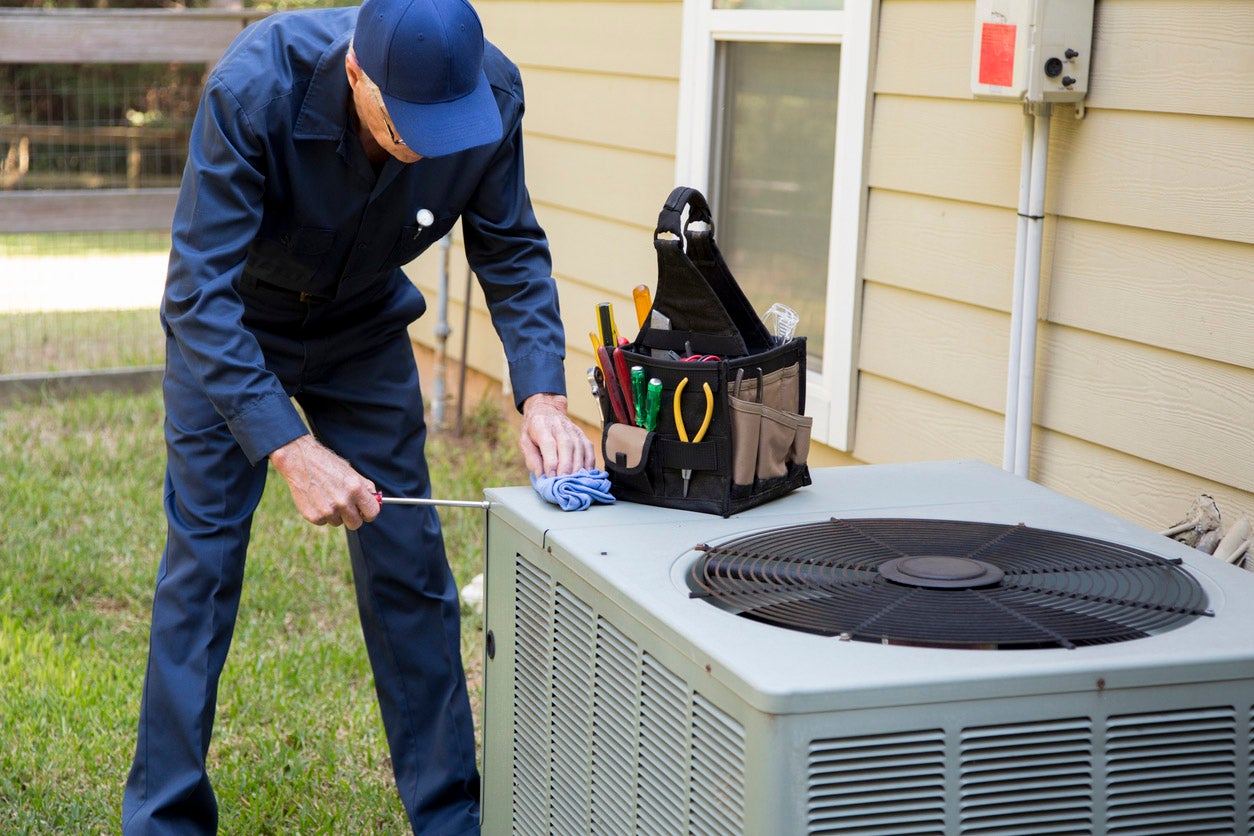

Articles
Why Is My AC Fan Not Turning On
Modified: March 2, 2024
Discover why your AC fan is not turning on and learn how to troubleshoot the issue in our informative articles.
(Many of the links in this article redirect to a specific reviewed product. Your purchase of these products through affiliate links helps to generate commission for Storables.com, at no extra cost. Learn more)
Introduction
Having an air conditioning system in your home or office is essential for maintaining a comfortable indoor environment, especially during those hot summer months. However, when you turn on your AC and notice that the fan is not turning on, it can be quite frustrating. The AC fan is responsible for circulating cool air throughout the space, so when it fails to function, it becomes a pressing issue that needs to be addressed promptly.
There can be several reasons why your AC fan is not turning on. It could be due to a faulty capacitor, a malfunctioning motor, a tripped circuit breaker, a defective thermostat, or a blocked or dirty air filter. Understanding these common causes will help you troubleshoot the problem and potentially resolve it before calling a professional technician.
In this article, we will explore the common causes of an AC fan not turning on and provide you with troubleshooting steps to fix the issue. By following these steps, you may be able to identify and resolve the problem, saving you time and money.
Key Takeaways:
- Troubleshooting your AC fan not turning on involves checking the power supply, inspecting the capacitor and motor, resetting the circuit breaker, testing the thermostat, and cleaning or replacing the air filter.
- Regular maintenance and care of your AC system can prevent future issues, ensuring efficient cooling performance and a comfortable indoor environment.
Read more: Why Is My AC Unit Not Turning On
Common Causes of AC Fan Not Turning On
When your AC fan fails to turn on, there can be several underlying issues causing the problem. It’s important to identify these common causes so that you can troubleshoot the problem effectively. Here are some of the most frequent reasons why your AC fan may not be turning on:
- Faulty Capacitor: The capacitor is an electrical component that provides the necessary jolt of power to start the AC fan motor. If the capacitor is faulty or worn out, it may not be able to supply the required power, causing the fan to fail.
- Malfunctioning Motor: The fan motor is responsible for spinning the blades and circulating air. If the motor is worn out, damaged, or overheated, it may not be able to turn on, resulting in an inactive fan.
- Tripped Circuit Breaker: A tripped circuit breaker can also cause the AC fan to stop working. When the electrical system detects an overload or short circuit, it shuts off power to prevent damage. In this case, simply resetting the breaker may resolve the issue.
- Defective Thermostat: The thermostat acts as the control center for your AC system. If it is not functioning properly, it may not send the signal to the fan to turn on. Faulty wiring, incorrect settings, or a malfunctioning thermostat can all lead to a non-responsive fan.
- Blocked or Dirty Air Filter: A clogged or dirty air filter can restrict airflow and cause the fan to cease operation. When the filter is blocked, the fan has to work harder to pull air through, which can lead to overheating and eventual shutdown.
These common causes often account for a non-functioning AC fan. By understanding these issues, you can take the necessary steps to diagnose and address the problem, either by troubleshooting it yourself or contacting a professional for assistance.
Faulty Capacitor
A faulty capacitor is one of the common causes why an AC fan fails to turn on. The capacitor is an essential component in the electrical system of your air conditioning unit. It acts as a temporary storage unit for electrical energy, providing the initial jolt to start the motor running.
Over time, capacitors can degrade or become worn out, especially in regions with extreme temperature variations. When a capacitor becomes faulty, it may not be able to supply the required power to start the fan motor. This leads to the fan not turning on at all.
You can diagnose a faulty capacitor by visually inspecting it. Look for any signs of bulging, leaking, or discoloration. These are indications that the capacitor has failed and needs to be replaced. However, it’s important to note that capacitors store electrical energy even when the unit is disconnected from the power source, so proceed with caution.
If you have the necessary knowledge and experience, you can replace the faulty capacitor yourself. However, if you’re not confident in your abilities, it’s best to seek the assistance of a professional HVAC technician. They have the expertise and tools necessary to safely replace the capacitor and ensure that it is properly connected.
Remember, dealing with electrical components can be dangerous if you’re not familiar with the proper safety precautions. Always make sure to turn off the power supply to your AC unit before attempting any repairs or replacements.
By replacing a faulty capacitor, you can restore the functionality of your AC fan and enjoy cool air circulating throughout your space once again. If the fan still does not turn on after replacing the capacitor, it’s advisable to move on to the next potential cause and continue troubleshooting.
Malfunctioning Motor
A malfunctioning motor is another common cause of an AC fan not turning on. The fan motor is responsible for spinning the blades and circulating air throughout the air conditioning system. If the motor is worn out, damaged, or overheated, it may fail to start, resulting in a non-functioning fan.
There are several signs that can indicate a malfunctioning motor. First, listen for any unusual noises coming from the AC unit when you turn it on. Grinding or screeching sounds may indicate that the motor is struggling to operate properly. Additionally, if you notice that the motor is excessively hot to the touch, it may be overheating and causing the fan to cease operation.
If you suspect a malfunctioning motor, it’s best to leave the repair and replacement to a professional HVAC technician. They have the knowledge and expertise to diagnose the issue accurately and safely replace the motor if needed. Working with electrical components can be dangerous, so it’s essential to leave it in the hands of experienced professionals.
Regular maintenance and cleaning of the AC system can help prevent motor issues. Over time, dust and debris can accumulate on the motor, affecting its performance. Cleaning the motor and ensuring that it is properly lubricated can help prolong its lifespan and prevent malfunctions.
In some cases, a malfunctioning motor may not be repairable, and you may need to replace it with a new one. The technician will be able to determine the best course of action based on the specific situation.
By addressing a malfunctioning motor, you can restore the functionality of your AC fan and ensure that cool air is properly circulated throughout your space. If the fan still does not turn on after repairing or replacing the motor, it’s important to continue troubleshooting and explore other potential causes.
Tripped Circuit Breaker
A tripped circuit breaker can often be the reason why the AC fan is not turning on. The circuit breaker is designed to protect the electrical system from overload or short circuits by automatically shutting off the power flow. When the circuit breaker trips, it cuts off the power supply to the AC unit, including the fan.
If you find that your AC fan is not working, the first step is to check the circuit breaker panel. Look for any switches that are in the “off” or “tripped” position. Usually, a tripped breaker can be identified by a switch that is in a middle position, not fully “on” or “off.”
To reset a tripped circuit breaker, follow these steps:
- Locate the circuit breaker panel in your home or office. It is usually found in the basement, utility room, or garage.
- Identify the tripped breaker by finding the switch that is in the middle position.
- Push the switch all the way to the “off” position and then back to the “on” position. You should feel or hear a click when it resets.
- Wait a few moments to see if the AC fan starts working again. If it does, the problem was simply a tripped breaker.
If the breaker immediately trips again or the fan still does not turn on after resetting the breaker, there may be an underlying issue causing the tripping. In such cases, it is recommended to contact a professional electrician to diagnose and fix the problem.
Frequent tripping of the breaker could indicate a more serious electrical issue. It could be caused by an overloaded circuit, a short circuit, or a faulty electrical component. A professional electrician will have the expertise to identify and resolve the issue safely and efficiently.
Remember, safety should be a top priority when working with electrical components. If you’re not comfortable or experienced with handling circuit breakers, it is best to leave it to a qualified professional.
By checking and resetting the circuit breaker, you may be able to resolve the issue of the AC fan not turning on. If the fan still does not start after resetting the breaker, continue troubleshooting the other potential causes outlined in this article.
Read more: Why Wont My Fan Turn On
Defective Thermostat
A defective thermostat is another common culprit when the AC fan fails to turn on. The thermostat serves as the control center for your air conditioning system, allowing you to set the desired temperature and activate the fan. If the thermostat is not functioning properly, it may not send the signal to the fan to start.
There are several issues that can occur with a thermostat, leading to a non-responsive AC fan. Here are some signs that may indicate a defective thermostat:
- The display on the thermostat is blank or unresponsive.
- The thermostat settings are incorrect or do not match the desired temperature.
- The fan setting on the thermostat is set to “off” or “auto” instead of “on.”
- There is a wiring issue with the thermostat, preventing it from communicating with the AC system.
If you suspect a defective thermostat, there are a few troubleshooting steps you can take to address the issue:
- Check the thermostat’s display and ensure it has power. Replace the batteries if necessary.
- Verify that the thermostat settings are correct and set to the desired temperature. Adjust it if needed.
- Switch the fan setting from “off” or “auto” to “on.” This should force the fan to turn on, bypassing the thermostat signals.
- Inspect the thermostat’s wiring to ensure there are no loose connections or damage. If there is a wiring problem, it’s best to contact a professional to repair or replace the thermostat.
If these troubleshooting steps do not resolve the issue, it’s advisable to seek the assistance of a professional HVAC technician. They have the expertise to diagnose and repair thermostat-related issues. They may need to replace the thermostat entirely if it’s beyond repair.
Remember that working with electrical components can be hazardous. If you’re unsure or uncomfortable with troubleshooting the thermostat, it’s always best to leave it to the professionals.
By addressing a defective thermostat, you can restore the functionality of your AC fan and ensure that it turns on when needed, providing the cool airflow that you desire. If the fan still does not start after resolving the thermostat issue, continue troubleshooting the other potential causes discussed in this article.
Blocked or Dirty Air Filter
A blocked or dirty air filter can significantly impact the performance of your air conditioning system, including the operation of the fan. The air filter plays a crucial role in trapping dust, dirt, pet dander, and other airborne particles. However, over time, these particles can accumulate and clog the filter, restricting the airflow and causing the fan to stop working.
When the air filter is blocked or dirty, the fan has to work harder to pull air through and maintain efficient operation. This increased strain can lead to overheating and ultimately result in the fan shutting down.
Checking and maintaining your air filter regularly is essential to prevent this issue. Here are some steps to address a blocked or dirty air filter:
- Locate the air filter in your AC system. It is typically located in the return air duct or near the furnace or air handler unit.
- Remove the air filter carefully and inspect it for any dirt, dust, or debris buildup. If the filter appears dirty or clogged, it needs to be cleaned or replaced.
- If the filter is washable, follow the manufacturer’s instructions to clean it thoroughly. Allow the filter to dry completely before reinstalling it.
- If the filter is disposable, replace it with a new one. Be sure to choose the correct size and type for your AC system.
- Securely reinstall the cleaned or new filter in its proper position.
Regularly changing or cleaning your air filter is essential for maintaining the efficiency and performance of your air conditioning system. It not only helps to extend the lifespan of your AC unit but also ensures proper airflow and prevents the fan from failing.
It’s recommended to check and clean or replace your air filter every one to three months, depending on the level of dust and debris in your environment. However, if you have pets or live in a particularly dusty area, more frequent filter changes may be necessary.
By addressing a blocked or dirty air filter, you can restore proper airflow and functionality to your AC fan. If the fan still does not turn on after cleaning or replacing the filter, it’s important to continue troubleshooting and explore other potential causes.
Troubleshooting Steps for AC Fan Not Turning On
If your AC fan is not turning on, there are several troubleshooting steps you can take to identify and potentially resolve the issue. By following these steps, you may be able to diagnose the problem and avoid unnecessary expenses on professional repairs. Here are the steps to troubleshoot an AC fan not turning on:
- Check the Power Supply: Ensure that the AC unit is receiving power. Check if the circuit breaker is in the “on” position and not tripped. Also, ensure that the power switch for the AC unit is turned on.
- Examine the Capacitor: Check the capacitor for any signs of damage, such as bulging, leaking, or discoloration. If it appears faulty, it may need to be replaced by a professional technician.
- Inspect the Motor: Listen for any unusual sounds coming from the motor or check if it feels excessively hot. If there are signs of motor malfunction, it may need repair or replacement.
- Reset the Circuit Breaker: If the circuit breaker has tripped, switch it to the “off” position and then back to “on” to reset it. Check if this resolves the issue.
- Test the Thermostat: Verify that the thermostat is set to the desired temperature and the fan mode is set to “auto” or “on.” If needed, try adjusting the temperature settings or switching the fan mode to see if the fan starts working.
- Clean or Replace the Air Filter: Remove the air filter and check for dirt or debris accumulation. If the filter is dirty, clean it according to the manufacturer’s instructions or replace it with a new one.
If these troubleshooting steps do not resolve the issue, it is advisable to contact a professional HVAC technician. They have the expertise and tools to diagnose and repair complex issues with your AC system.
Remember to prioritize safety when troubleshooting electrical components. Always turn off the power supply to the AC unit before performing any inspections or repairs. If you are unsure or uncomfortable with the troubleshooting steps, it’s best to seek assistance from a qualified professional.
By following these troubleshooting steps, you can potentially identify and resolve the issue of an AC fan not turning on. Regular maintenance and proper care of your AC system can help prevent future problems and ensure efficient cooling performance.
Check the circuit breaker and thermostat settings to ensure they are both functioning properly. If the fan still doesn’t turn on, it may be a faulty motor or capacitor that needs to be replaced by a professional.
Check the Power Supply
When your AC fan is not turning on, the first troubleshooting step is to check the power supply. There are a few areas to inspect to ensure proper power flow to your air conditioning unit.
Verify Circuit Breaker Status: Start by checking the circuit breaker panel in your home or office. Locate the breaker switch that controls the power to your AC unit. Ensure that it is in the “on” position and has not tripped. If it has tripped, switch it to the “off” position and then back to “on” to reset it.
Confirm Power Switch: Next, check the power switch for the AC unit itself. It is typically located near the outdoor compressor unit. Ensure that the switch is turned on. Sometimes, due to accidental bumps or power outages, the switch can be unintentionally turned off.
Inspect Wiring Connections: Examine the wiring connections from the power source to the AC unit. Look for any loose or damaged wires that may be preventing the flow of electricity. If you notice any issues, it’s best to seek the assistance of a professional electrician to safely repair or replace the wiring.
Consider Power Outages: If none of the above steps yield results, consider the possibility of a power outage in your area. Check with your local utility company to see if there are any reported outages or disruptions in power supply. If there is a power outage, you will need to wait for the power to be restored before your AC fan can operate again.
Checking the power supply is a crucial first step when troubleshooting an AC fan not turning on. By ensuring that there is a proper power flow, you can eliminate any power-related issues before moving on to other potential causes. Remember to prioritize safety by turning off the power supply before inspecting wiring connections, and if you’re unsure or uncomfortable with these steps, it’s always best to seek professional assistance.
If the AC fan still does not turn on after confirming the power supply, continue with the next troubleshooting steps to address other potential causes outlined in this article.
Read more: Why Does My AC Keep Turning On And Off
Examine the Capacitor
When troubleshooting an AC fan that is not turning on, one of the components to examine is the capacitor. The capacitor plays a crucial role in providing the initial jolt of power to start the fan motor. If the capacitor is faulty or worn out, it may not be able to supply the required electrical energy, causing the fan to fail.
Here are the steps to examine the capacitor:
- Locate the Capacitor: The capacitor is a small cylindrical or oval-shaped component typically found inside the outdoor unit of your AC system. It is usually near the compressor and fan motor.
- Inspect for Physical Damage: Carefully examine the capacitor for any signs of physical damage, such as bulging, leaking, or discoloration. These are indications that the capacitor may be faulty and needs to be replaced.
- Use a Multimeter: If there are no visible signs of damage, you can further test the capacitor using a multimeter. Set the multimeter to the capacitance testing mode and carefully follow the manufacturer’s instructions for testing capacitance.
- Consider Safety Precautions: Capacitors store electrical energy, even when the AC unit is disconnected from the power source. To avoid electric shock, always ensure that the power supply to the AC unit is turned off and discharged before handling or testing the capacitor.
If the capacitor is visibly damaged or fails the capacitance test, it is likely defective and needs to be replaced. It’s important to note that replacing a capacitor requires knowledge of electrical systems and safety precautions. If you are not comfortable or experienced with electrical work, it’s best to seek the assistance of a professional HVAC technician.
Professional technicians have the expertise and tools necessary to safely replace the capacitor and ensure that it is properly connected. They can also perform a thorough inspection of the AC system to determine if there are any other underlying issues contributing to the fan not turning on.
Examining the capacitor is a crucial step in troubleshooting an AC fan that is not turning on. By addressing any issues with the capacitor, you can potentially restore the functionality of the fan and enjoy the cool airflow once again. If the fan still does not start after examining and potentially replacing the capacitor, continue with the next troubleshooting steps to explore other potential causes.
Inspect the Motor
When troubleshooting an AC fan that is not turning on, it’s important to inspect the motor. The fan motor is responsible for spinning the blades and circulating air throughout the air conditioning system. If the motor is malfunctioning or damaged, it can prevent the fan from starting.
Here are the steps to inspect the motor:
- Listen for Unusual Noises: When you turn on the AC unit, listen for any unusual noises coming from the motor. Grinding, squealing, or screeching sounds may indicate that the motor is struggling to operate properly.
- Check for Excessive Heat: Gently touch the motor to assess its temperature. If the motor feels excessively hot, it may be overheating. Overheating can cause the internal safety mechanisms to shut down the fan to prevent further damage.
- Inspect Wiring Connections: Carefully examine the wiring connections from the motor to ensure that there are no loose or damaged wires. Loose connections can interrupt the electrical flow and prevent the motor from functioning correctly.
- Visual Inspection: Look for any signs of physical damage to the motor, such as cracks, worn-out parts, or burning smells. These can indicate internal issues that may require further inspection or professional repair.
If you observe any concerning issues during the motor inspection, it is best to seek the assistance of a professional HVAC technician. They have the expertise and tools to diagnose and resolve motor-related problems safely and efficiently.
Regular maintenance and cleaning of the AC system can help prevent motor issues. Over time, dust and debris can accumulate on the motor, affecting its performance. Cleaning the motor and ensuring that it is properly lubricated can help prolong its lifespan and prevent malfunctions.
If the motor is found to be malfunctioning or damaged beyond repair, it may need to be replaced. A professional technician can help determine the best course of action based on the specific situation.
Inspecting the motor is a crucial step in troubleshooting an AC fan that is not turning on. By addressing any motor-related issues, you can potentially restore the functionality of the fan and maintain proper airflow throughout your space. If the fan still does not start after inspecting the motor, continue with the next troubleshooting steps to explore other potential causes.
Reset the Circuit Breaker
If your AC fan is not turning on, it could be due to a tripped circuit breaker. The circuit breaker is designed to protect the electrical system from overload or short circuits by automatically interrupting the flow of electricity. When it trips, it cuts off power to your AC unit, including the fan.
Here are the steps to reset the circuit breaker:
- Locate the Circuit Breaker Panel: Find the circuit breaker panel in your home or office. It is usually located in a utility room, basement, or garage.
- Identify the Tripped Breaker: Look for any switches that are in the middle position, not fully “on” or “off.” These switches indicate a tripped breaker.
- Switch to the “Off” Position: To reset a tripped breaker, push the switch all the way to the “off” position. You should feel or hear a click indicating that it has been reset.
- Switch to the “On” Position: After a few seconds, switch the breaker back to the “on” position.
- Test the AC Fan: Once the breaker is reset, check if the AC fan starts running. If it does, the problem was simply a tripped breaker.
If the circuit breaker trips again immediately or the AC fan still does not turn on after resetting the breaker, there may be an underlying issue causing the tripping. In such cases, it is recommended to contact a professional electrician or HVAC technician to diagnose and resolve the problem.
It’s important to note that working with electricity can be dangerous, and safety should be a top priority. If you are not comfortable or experienced in working with circuit breakers, it is best to leave it to a qualified professional.
By resetting the circuit breaker, you may be able to resolve the issue of the AC fan not turning on. However, if the fan still does not start, continue with the next troubleshooting steps to explore other potential causes.
Test the Thermostat
If your AC fan is not turning on, it’s essential to test the thermostat to ensure it is functioning properly. The thermostat acts as the control center for your air conditioning system, sending signals to the fan and compressor to activate or deactivate based on the temperature settings.
Here are the steps to test the thermostat:
- Check the Thermostat Display: Make sure the thermostat display is functioning. If it is blank or unresponsive, there may be an issue with power or the thermostat itself.
- Verify Temperature Setting: Check the temperature setting on the thermostat. Ensure it is set to a temperature below the current room temperature to activate the cooling system.
- Adjust Fan Mode: Check the fan mode setting on the thermostat. Ensure it is set to “auto” or “on.” In the “auto” mode, the fan will automatically turn on when the cooling system is activated, while the “on” mode keeps the fan running continuously.
- Test for Cooling Demand: Increase the temperature setting on the thermostat and wait for a few minutes. The cooling system should activate, and the fan should start running. If the fan does not turn on, proceed to the next step.
- Inspect Wiring: Carefully remove the thermostat cover and inspect the wiring connections. Ensure that all wires are securely connected and not loose or damaged. If there are any issues with the wiring, it is best to contact a professional HVAC technician for repairs or adjustments.
If testing the thermostat reveals any issues, there are a few troubleshooting steps you can take:
- Check Thermostat Power: Ensure the thermostat has power by replacing the batteries if necessary. Some thermostats require batteries for operation.
- Calibrate the Thermostat: If the thermostat temperature reading is inaccurate, you may need to calibrate it. Refer to the manufacturer’s instructions to adjust the temperature calibration setting.
- Replace the Thermostat: If all else fails, and the thermostat appears to be faulty, it may need to be replaced. Contact a professional technician for assistance with selecting and installing a new thermostat.
Remember, working with electrical components can be dangerous if you are not experienced. If you’re unsure about any of the steps or uncomfortable handling the thermostat, it’s best to seek the assistance of a professional HVAC technician.
By testing the thermostat, you can identify any issues that may be preventing the AC fan from turning on. Correcting these issues can help restore the functionality of the fan and ensure efficient cooling throughout your space. If the fan still does not start after testing the thermostat, continue troubleshooting with the next steps to explore other potential causes.
Read more: Why Does My Car Shake When I Turn On The AC
Clean or Replace the Air Filter
A blocked or dirty air filter can significantly impact the performance of your AC system, including the operation of the fan. The air filter plays a crucial role in filtering out dust, dirt, pollen, and other airborne particles from the incoming air. Over time, these particles can accumulate on the filter, restricting airflow and causing the fan to stop working.
Here are the steps to clean or replace the air filter:
- Locate the Air Filter: The air filter is typically located in the return air duct or near the furnace or air handler unit. Refer to your AC system’s manual if you’re unsure about its exact location.
- Remove the Air Filter: Carefully take out the air filter from its housing. Pay attention to how it is installed so that you can put the new filter in correctly if replacement is necessary.
- Inspect the Air Filter: Examine the air filter for dirt, dust, and debris buildup. If the filter appears clogged or dirty, it needs to be cleaned or replaced.
- Clean the Air Filter (Reusable Filters): If you have a washable and reusable air filter, follow the manufacturer’s instructions to clean it. Typically, this involves rinsing the filter with water and allowing it to dry thoroughly before reinstalling it.
- Replace the Air Filter (Disposable Filters): If you have a disposable air filter, replace it with a new one. Be sure to choose the correct filter size and type for your specific AC system. Refer to your AC system’s manual or consult with an HVAC professional if you’re unsure about the correct filter to use.
- Reinstall the Air Filter: Place the cleaned or new air filter back into its housing. Ensure that it is properly aligned and securely fitted.
Regularly cleaning or replacing your air filter is crucial for maintaining proper airflow and optimal operation of your AC system. It not only improves the performance and energy efficiency of your system but also helps to extend its lifespan.
The frequency of cleaning or replacing the air filter may vary depending on factors such as the type of filter, the environment, and usage. As a general guideline, check your air filter at least once a month and clean or replace it every one to three months. However, if you have pets, allergies, or live in a dusty environment, more frequent filter changes may be necessary.
By cleaning or replacing the air filter, you can improve the airflow and prevent the fan from getting obstructed or overloaded. This simple maintenance task can often resolve the issue of an AC fan not turning on. If the fan still does not start after cleaning or replacing the air filter, continue troubleshooting with the remaining steps to explore other potential causes.
Conclusion
When your AC fan is not turning on, it can be a frustrating experience, especially during hot summer months. However, by following the troubleshooting steps outlined in this article, you can identify common causes and potentially resolve the issue on your own.
We’ve discussed several common causes for an AC fan not turning on, including a faulty capacitor, malfunctioning motor, tripped circuit breaker, defective thermostat, and blocked or dirty air filter. Each of these issues requires different troubleshooting methods.
Remember to prioritize safety throughout the troubleshooting process. Turn off the power supply to the AC unit before handling any electrical components, and seek professional help if you’re unsure or uncomfortable with any steps.
By checking the power supply, examining the capacitor, inspecting the motor, resetting the circuit breaker, testing the thermostat, and cleaning or replacing the air filter, you can address many potential causes of an AC fan not turning on.
If after going through these troubleshooting steps, the AC fan still does not turn on, it is recommended to contact a professional HVAC technician. They have the expertise and tools to diagnose and repair complex issues with your AC system.
Regular maintenance and care of your air conditioning system can help prevent future problems and ensure efficient cooling performance. Remember to clean or replace the air filter regularly, schedule professional tune-ups, and address any issues promptly to keep your system running smoothly.
By being proactive and taking the necessary steps to address the problem, you can enjoy a properly functioning AC fan and a comfortable indoor environment all year round.
Frequently Asked Questions about Why Is My AC Fan Not Turning On
Was this page helpful?
At Storables.com, we guarantee accurate and reliable information. Our content, validated by Expert Board Contributors, is crafted following stringent Editorial Policies. We're committed to providing you with well-researched, expert-backed insights for all your informational needs.
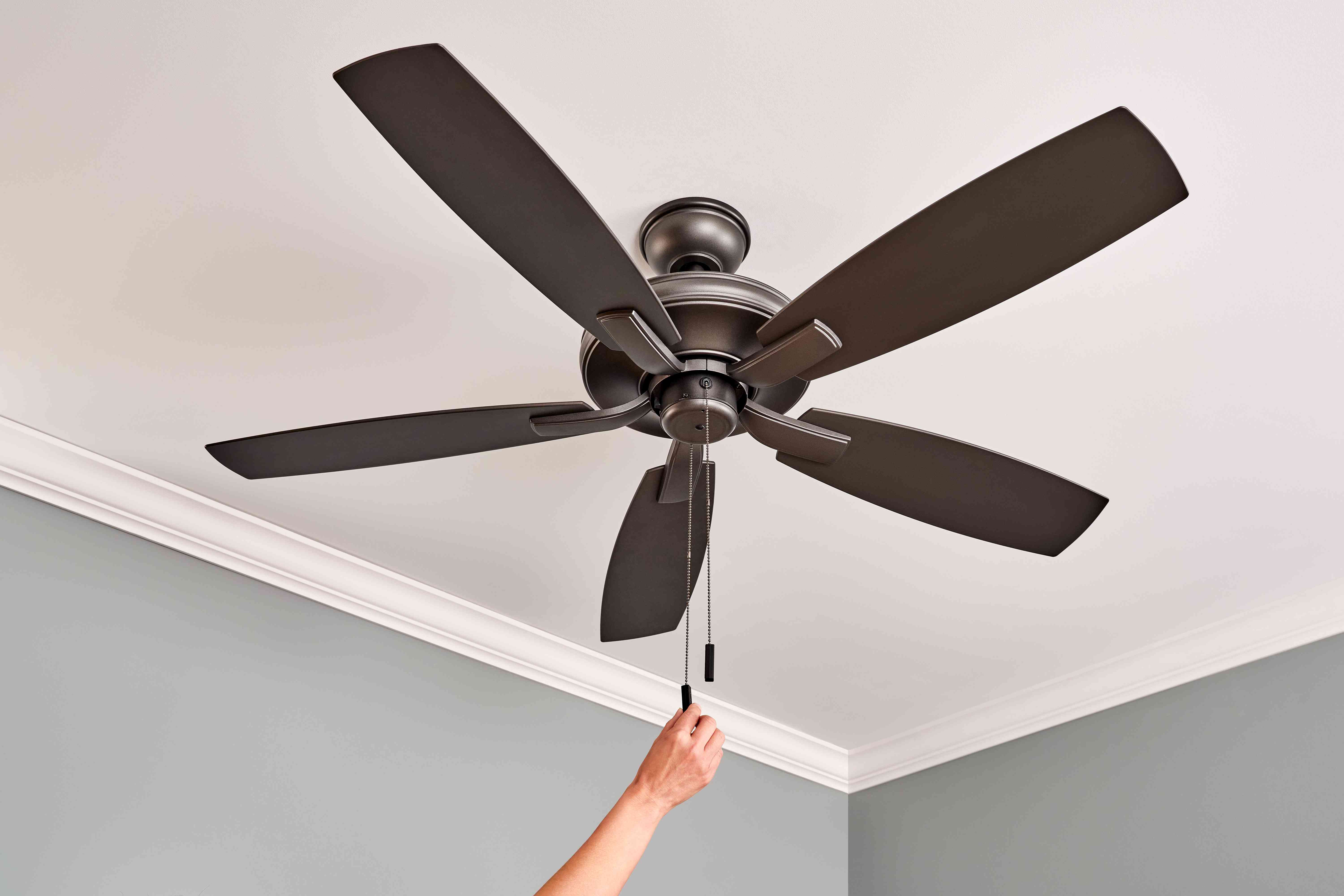
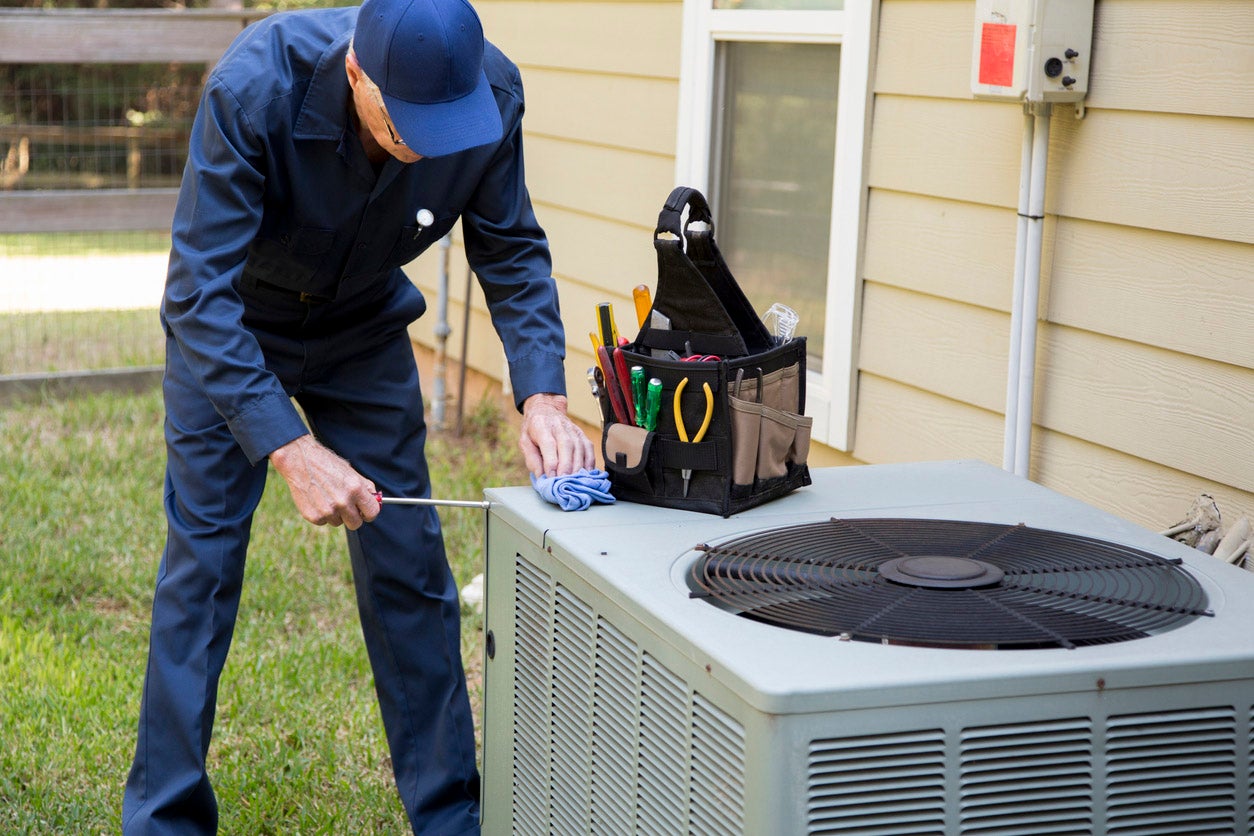
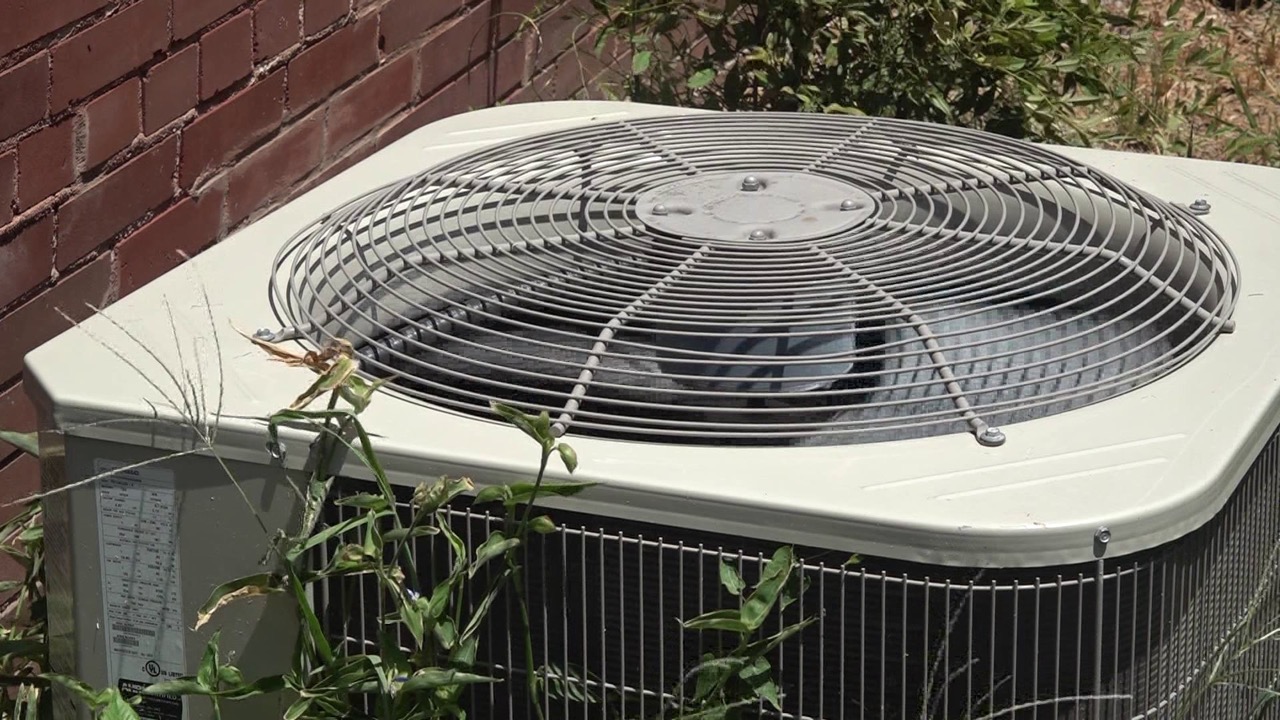


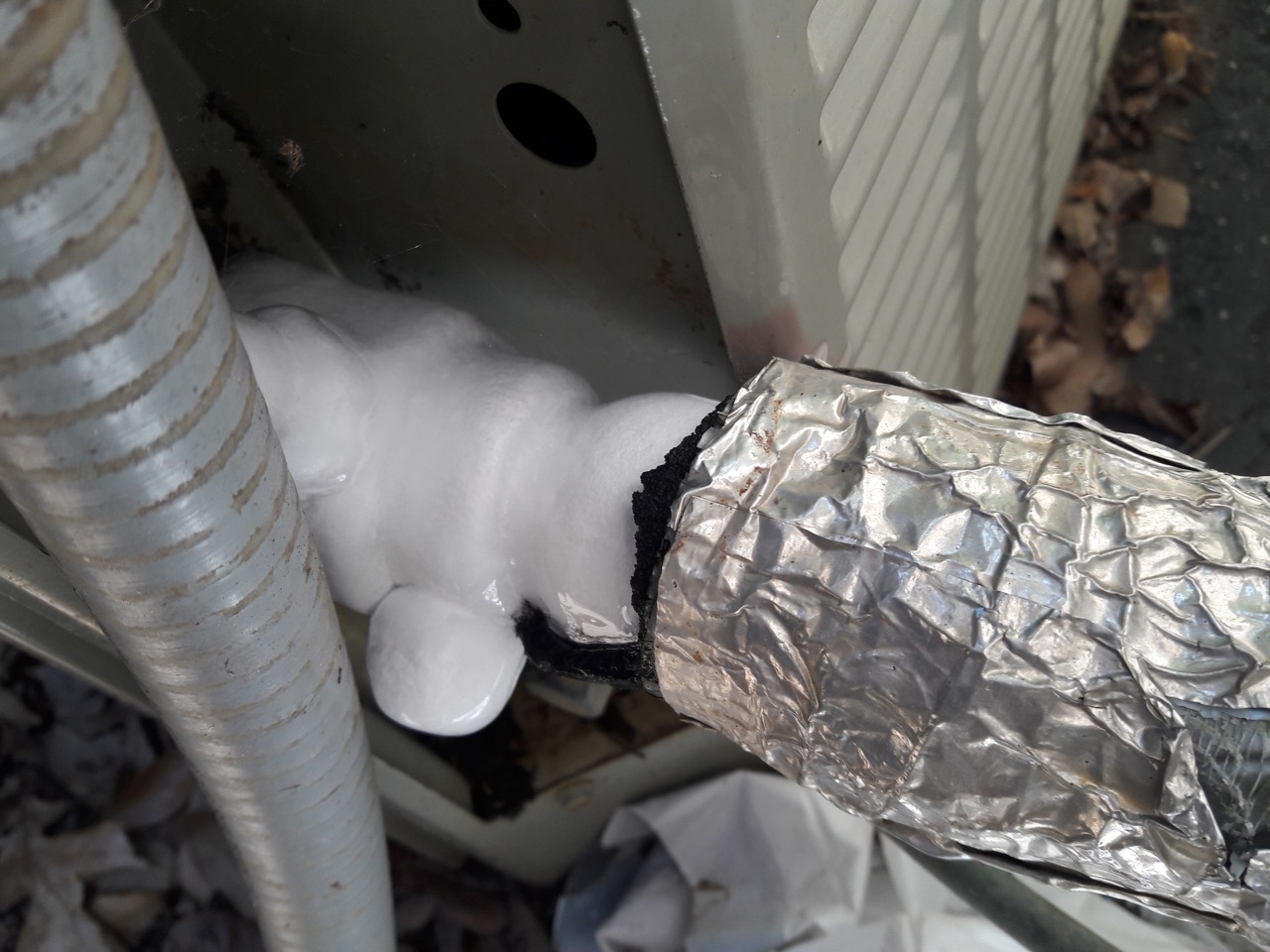
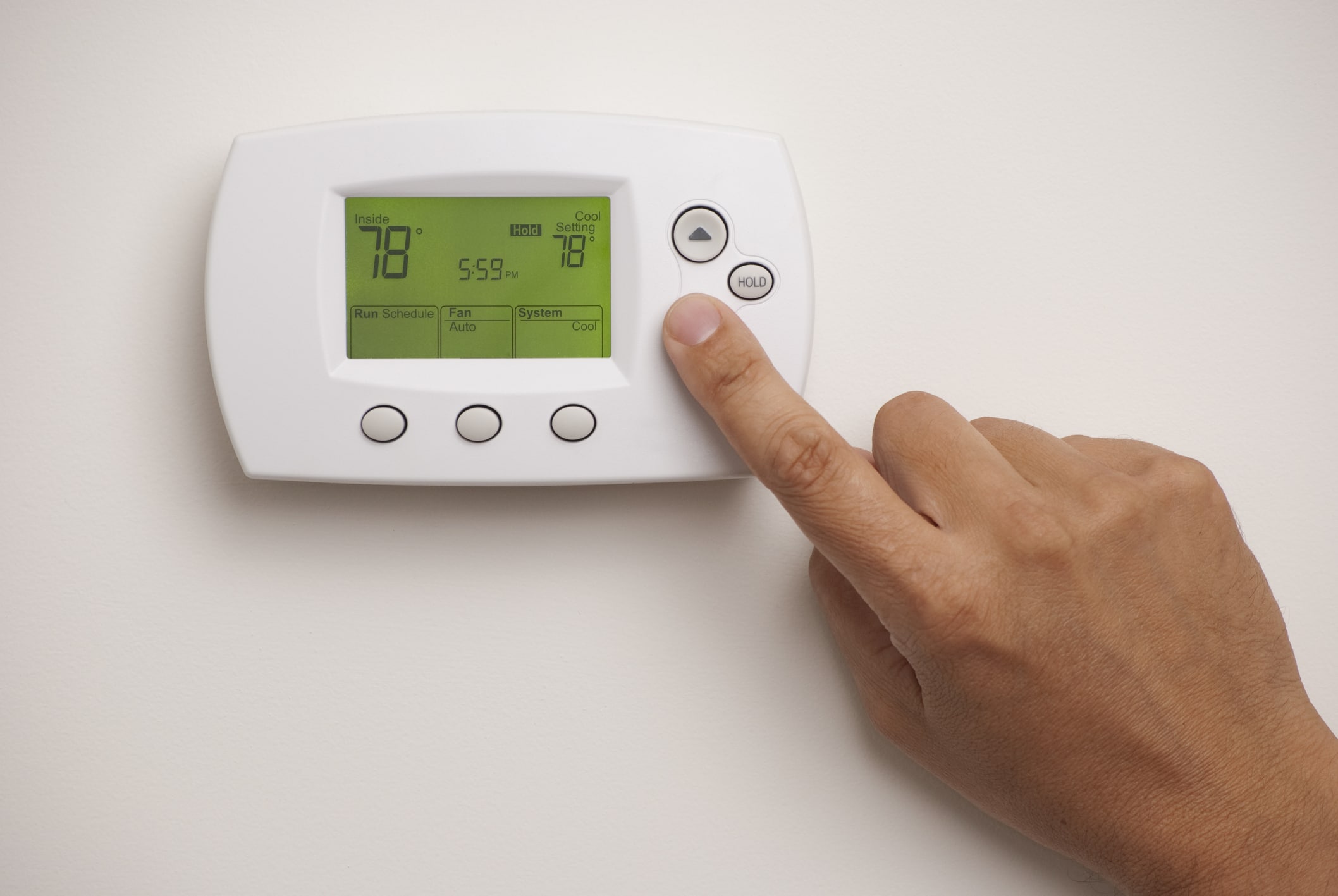
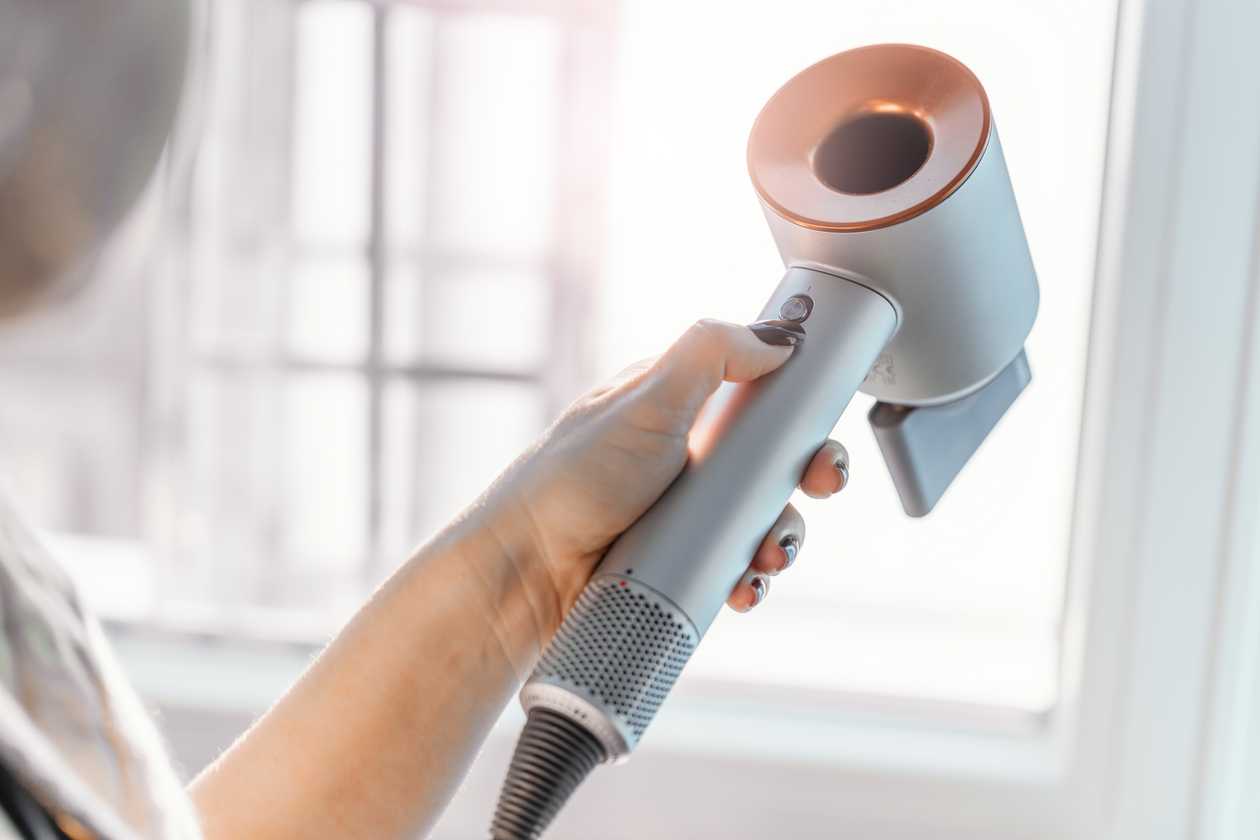
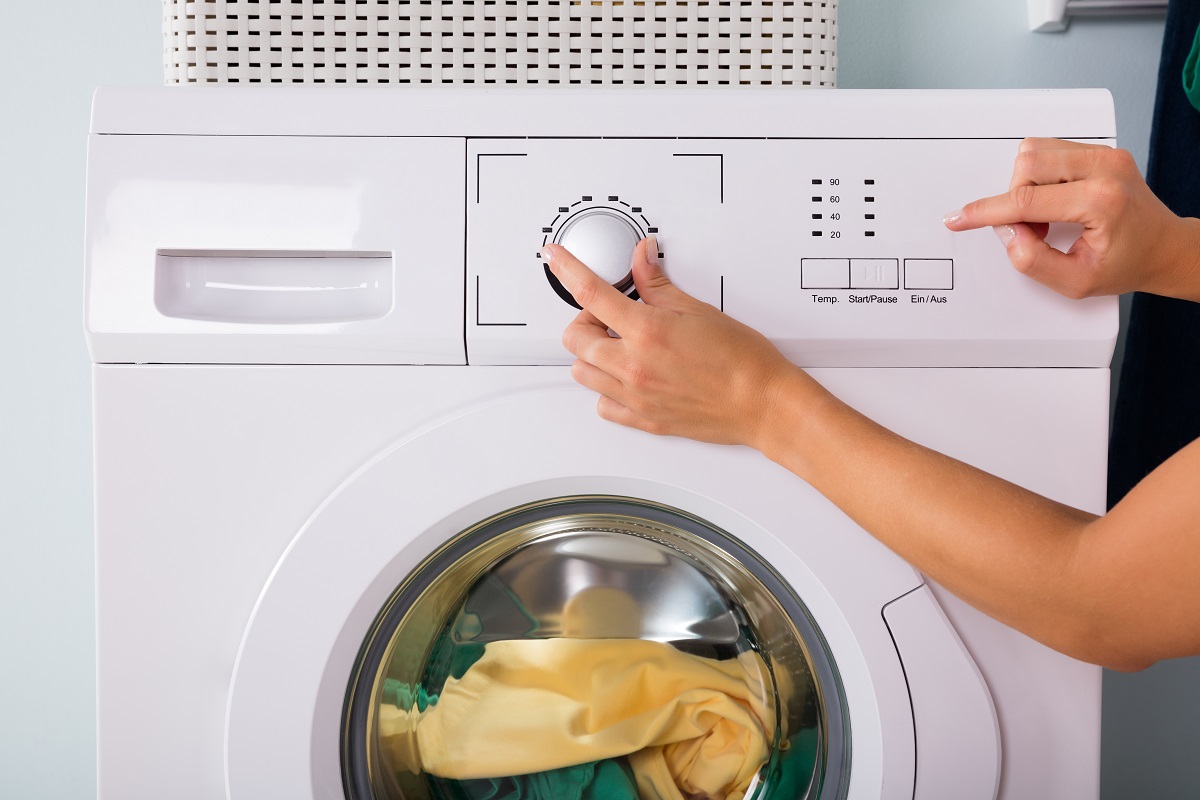


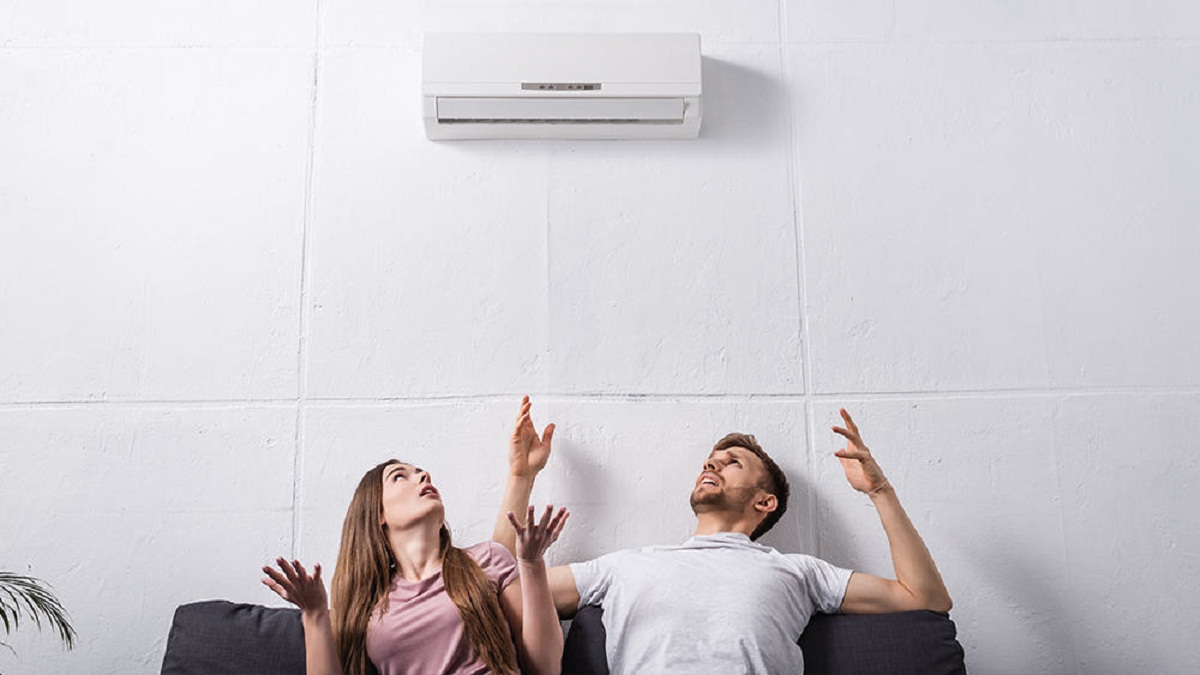

0 thoughts on “Why Is My AC Fan Not Turning On”